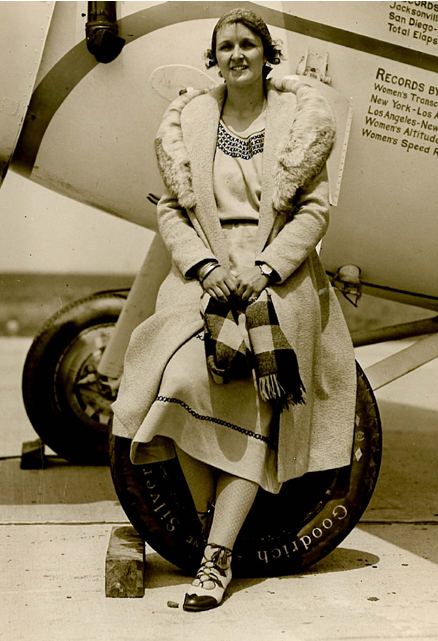
24–25 October 1931: Ruth Rowland Nichols set a new Fédération Aéronautique Internationale (FAI) World Record for Distance in a Straight Line Without Landing when she flew from Oakland Municipal Airport, Oakland, California, to Bowman Field, Louisville, Kentucky. The official distance credited by the FAI was 3 182.65 kilometers (1,977.61 stature miles).¹
Flying a Lockheed Model 5 Vega Special, serial number 619, registered NR496M, Ruth Nichols took off from Oakland at 5:17:30 p.m., Pacific Standard Time (01:17:30 UTC), 24 October, after a takeoff roll of approximately 2,500 feet (762 meters). Present to observe her flight were National Aeronautic Association officials R. W. St. John and Eddie Cooper.
Her route took her to Reno, Nevada, where she was reported overhead at 6:35 p.m.; Salt Lake City, Utah, at 9:57 p.m.; and Cheyenne, Wyoming at 12:07 a.m., 25 October.
The flight had been in good weather until she passed Chicago, Illinois. Then with low ceilings and high winds, she was blown off course. After another hour, she decided to land at Louisville, Kentucky, to refuel. At 9:40 a.m., Central Standard Time (15:40 UTC), 25 October, she landed at Bowman Field, (now known as Louisville Muhammad Ali International Airport, LOU). Her flight took 14 hours, 23 minutes.
Nichols’ record broke the previous record which had been set by Maryse Bastié (née Marie-Louise Bombec) of 2 976,91 kilometers (1,849.77 statute miles), 29 June 1931, when she flew from Paris, France to Yurino, Mari Autonomous Oblast, USSR.²
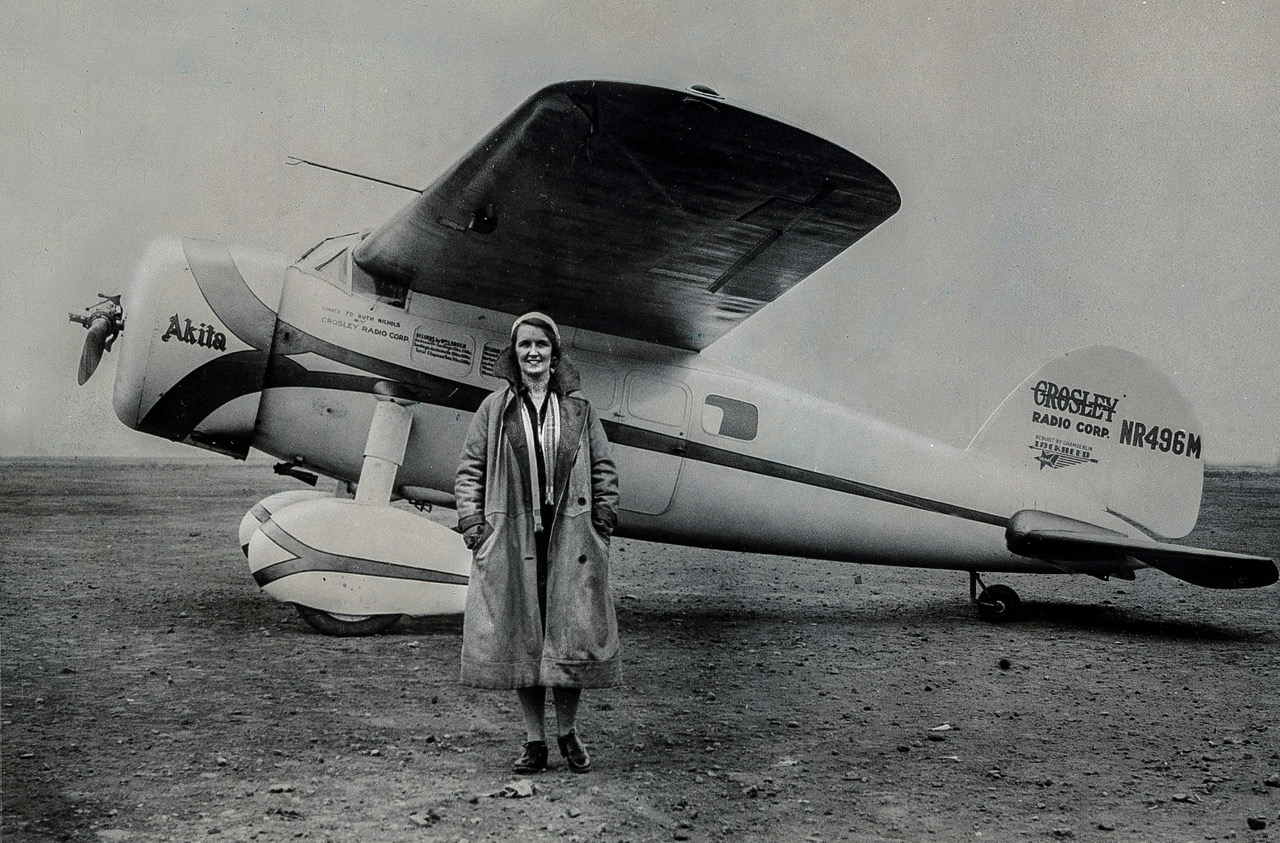
The Pomona Progress Bulletin had reported on 20 October that a shipment of 648 gallons of special aviation gasoline, along with 36 gallons of oil, consigned to Nichols, had arrived at Oakland from Baltimore, Maryland. There was speculation in several newspapers that she would fly from Oakland to Honolulu, Hawaii.
The Scranton Republican reported:
Society Flier Hangs Up New Distance Mark
Ruth Nichols Claims Record held by Frenchwoman Following Hop Of Over 2,000 Miles
LOUISVILLE, Ky., Oct. 25 (AP)—Ruth Nichols, Rye, N. Y., aviatrix who left Oakland, Ca., last night on a projected nonstop flight to New York, landed at Bowman field here at 9:40 a .m. today. Officials at the airport said she evidently had lost her way.
Although some distance from the end of her flight, the aviatrix apparently had achieved her goal, a new distance record for women. Airport officials said they were positive she had flown more than 2,000 miles, although the sealed instruments of the plane had not been examined. The air mileage from Oakland to Louisville is approximately 2,000 miles in a direct line.
Takes Off Today
The present woman’s distance record of 1.810 miles is held by Maryse Bastie, French woman.
Miss Nichols planned to refuel here and proceed to New York in the morning.
NEW YORK, Oct. 25 (AP) — Ruth Nichols, society aviatrix, Rye, N. Y., landed at Louisville, Ky., at 11 a. m. today, having flown from Oakland, Cal., somewhat more than 2,000 miles. In a long distance telephone message to her mother, at Floyd Bennett field here, she said she had said a new women’s distance record.
Miss Nichols left Oakland at 8:17:30 p.m. (E. S. T.) yesterday.
She planned to reach Floyd Bennett field tomorrow morning.
The world’s distance flight for women at which Miss Nichols aimed was established June 30, last, by Mlle. Maryse Bastie, Paris flyer,who flew from the French capital across southern Europe into Russia, a distance of 1,810 miles.
LOUISVILLE, Ky., Oct. 25 (AP) — Ruth Nichols, who landed at Bowman field here today, plans to leave early Monday morning for New York, officials at the airport said. Miss Nichols was reported resting at the home of a friend.
Breaking aviation records is nothing new to Miss Nichols. She already has established women’s records for a one-stop transcontinental flight, altitude and speed.
She set the transcontinental mark in a flight from Los Angeles to New York, Dec. 10, 1930, with a stop at Wichita, Kans. Her time for the 2,300 miles coast-to-coast flight was 13 hours, 21 minutes and 43 seconds.
Holds Altitude Mark
Her plane is credited with flying to a height of 28,743 feet last March 6, at Jersey City to create a women’s altitude record. He altimeter showed a height of 30,064 feet, but the national aeronautic association, in approving the new mark, fixed the height at the lower figure.
The following month—April 13—Miss Nichols flew more than 210 miles an hour at Detroit for a new women’s speed record.
Miss Nichols was severely injured June 22, when she damaged her plane in landed at St. John, N. B.,preliminary to a transatlantic flight. She had flown from Floyd Bennett field in Brooklyn and while trying to land in the face of the sun misjudged her distance.
She was taken home a week later by airplane, the pilot being Clarence Chamberlin, transatlantic flier who had been Miss Nichols’ adviser in her aviation activities.
Her managers announced last month that she had definitely postponed another attempt at spanning the ocean because of unfavorable weather conditions.
—The Scranton Republican, Vol. 157, No. 22, 26 October 1931, Page 1, Column 6 and Page 2, Column 6
The following day, 26 October, Nichols was preparing to depart Louisville enroute to Floyd Bennett Field, New York. Leaking fuel caught fire while she was warming up the Vega’s engine. The Oakland Tribune reported:
RUTH NICHOLS ESCAPES AS PLANE BURNS
Society Girl on Flight From Oakland Leaps Out of Flaming Ship in Kentucky
Gasoline Catches Fire After ‘Record’ Hop; Plans for Atlantic Trip Revealed
Ruth Nichols’ monoplane, in which the aviatrix had just set an unofficial non-stop distance record for women in a flight from Oakland, was virtually destroyed by fire today at Louisville, Ky., according to dispatches received here.
The Aviatrix escaped by leaping from the cockpit and was pulled away from the blazing plane by mechanics. She was not injured.
The plane burst into flames as the society girl aviatrix was warming up the motor by taxiing the ship over the turf preparatory to taking off for New York.
Spectators saw a burst of flame from gasoline pouring out of a valve and mechanics shouted to Miss Nichols to cut off the motor. She said she was unable to hear their voices but knew from their gestures that something was wrong and closed the throttle before leaping from the ship.
Field attendants armed with extinguishers succeeded in putting out the fire.
VALVE RELEASED AND LETS OUT GASOLINE.
Attendants at the field said they believed a dump valve had been released by the vibration of the motor as Miss Nichols was warming up the ship and that in some manner not determined the fuel flowing from the valve had been ignited.
Miss Nichols was bespattered with liquid from the fire extinguishers. She said she was not frightened and would be in the air again as soon as she could get another plane. She estimated the loss at $10,000, explaining that the plane cost $25,000 but the motor and other parts could be salvaged.She said she would remain to supervise dismantling the ship for reconstruction if the factory so desired.
The dump valve, she said, had given her some trouble in California but she had had a new one installed before starting.
Miss Nichols landed at Bowman field, Louisville, at 7:40 a. m. yesterday, approximately 14 hours after leaving the Oakland airport in an attempt to set a new woman’s non-stop distance record.
She and airport attendants were confident that she had achieved her goal, estimating the distance from Louisville to Oakland at 2000 miles and pointing out that the course flown by Miss Nichols was even longer. The official women’s distance record is 1810 miles held by Maryse Bastie, of France.
The barograph from Miss Nichols’ ship, sealed here before she took off, was removed at Louisville for shipment to the bureau of aeronautics at Washington for computation.
LOW CEILING, WINDS BLEW HER OFF COURSE.
The aviatrix said she had a “fine trip” from Oakland to Chicago but then encountered a low ceiling and winds which blew her from her course.
“Wandering around used up lots of gasoline and I decided to land and refuel,” Miss Nichols said. “I flew around about an hour trying to get my bearings.”
Miss Nichols spent the night at the home of Lieutenant Albert M. Moody and this morning telephoned to Clarence Chamberlain to meet her at Floyd Bennett airport in New York “to have a sundae.”
The mishap today was the second the aviatrix has experienced in recent months. Last summer she wrecked her ship at St. John, N. B., on the first leg of projected Atlantic flight and suffered several broken vertebrae. For a long time she wore a plaster cast and now wears a steel corset to protect her injured spine.
PLANS STILL CONSIDERED FOR ATLANTIC FLIGHT.
Dispatches from Louisville said Miss Nichols apparently had not given up her plans for an Atlantic flight although she said she did not care to “talk about plans I might not be able to carry out.”
“Possibly I will attempt the flight next summer,” she said. “I feel sure that I can make it and have absolutely no fear. The main obstacle to success is the wear and tear on nerves and body. While considerable skill is required, endurance is the more important qualification.”
—Oakland Tribune, Vol. CXV, No. 118, 26 October 1931, Page 1, Column 1
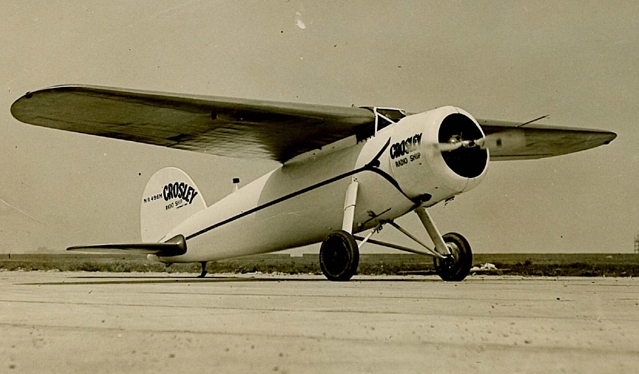
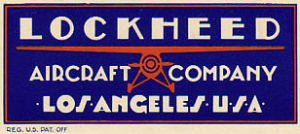
Built by the Lockheed Aircraft Company, Burbank, California, the Vega was a single-engine high-wing monoplane with fixed landing gear. It was flown by a single pilot in an open cockpit and could be configured to carry four to six passengers.
The Lockheed Vega was a very state-of-the-art aircraft for its time. The prototype flew for the first time 4 July 1927 at Mines Field, Los Angeles, California. It used a streamlined monocoque fuselage made of molded plywood. The wing and tail surfaces were fully cantilevered, requiring no bracing wires or struts to support them.
The Model 5 Vega is 27 feet, 6 inches (8.382 meters) long with a wingspan of 41 feet (12.497 meters) and overall height of 8 feet, 2 inches (2.489 meters). Its empty weight is 2,595 pounds (1,177 kilograms) and gross weight is 4,500 pounds (2,041 kilograms).
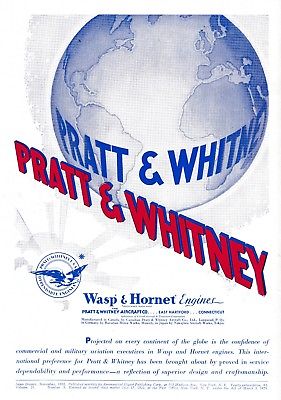
The standard Vega 5 had a cruising speed of 165 miles per hour (266 kilometers per hour) and maximum speed of 185 miles per hour (298 kilometers per hour). The service ceiling was 15,000 feet (4,572 meters). Range with standard fuel tanks was 725 miles (1,167 kilometers).
NR496M was destroyed by fire at Louisville, Kentucky 26 October 1931. The registration was cancelled in 1933.
¹ FAI Record File Number 12340
² FAI Record File Numbers 12345, 12346 and 14886
© 2023, Bryan R. Swopes